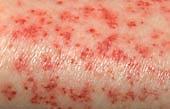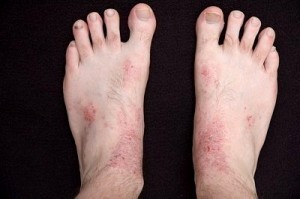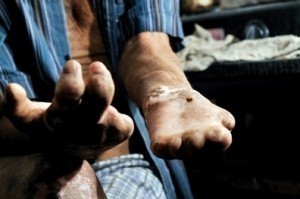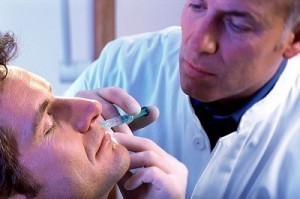What Causes Petechiae?
Definition
Petechiae are pinpoint-sized red dots under the surface of the skin. The dots are red because they contain blood that has leaked from tiny blood vessels (capillaries) into the skin. Petechiae may be an indication of a serious underlying problem that requires medical evaluation.
Causes
Petechiae are quite tiny (less than 3 millimeters in diameter) and do not blanch when pressed upon. It commonly appears on the lower legs, but may be distributed all over the body. There are many conditions in which petechiae may be seen. These conditions range from very minor to very major. The common causes of petechiae include local injury and trauma, allergic reactions, autoimmune diseases, viral infections that impair blood coagulation (clotting), thrombocythemia (an abnormally high platelet level), certain medical treatments such as radiation and chemotherapy, idiopathic thrombocytopenic purpura (ITP), leukemia and other bone marrow malignancies that may lower the number of platelets, and sepsis (bloodstream infection). Petechiae are normally seen right after birth in the newborn and after violent vomiting or coughing. Drugs such as the anticoagulants warfarin (Coumadin) or heparin, aspirin, and cortisone can also cause petechiae.
Petechiae that appear during illness, especially illness with fever can be a different story. Since the presence of bacteria in the bloodstream (classically Meningococcus, the causative agent of “spinal meningitis”) can be heralded by the appearance of petechiae, these little marks are searched for during the skin examination of a sick child. If present, they could be the heralds of very dangerous sepsis, even in a child who does not look all that ill.
Avoiding trauma will help prevent petechiae caused by injury. If allergy to a medication is the cause, avoiding the medication will help prevent the condition. Prompt treatment of infections will help prevent sepsis.






